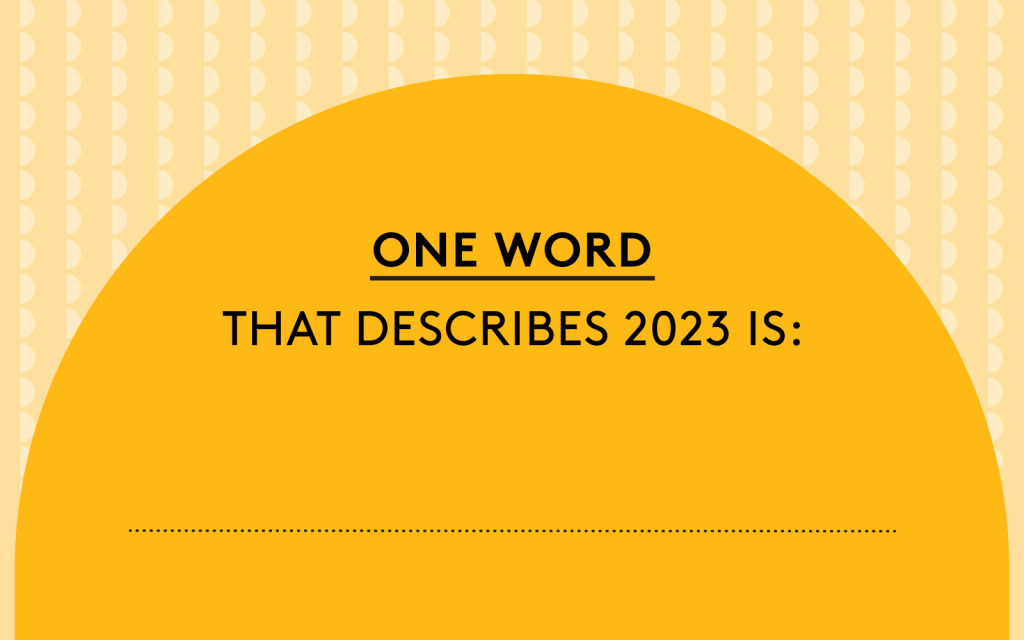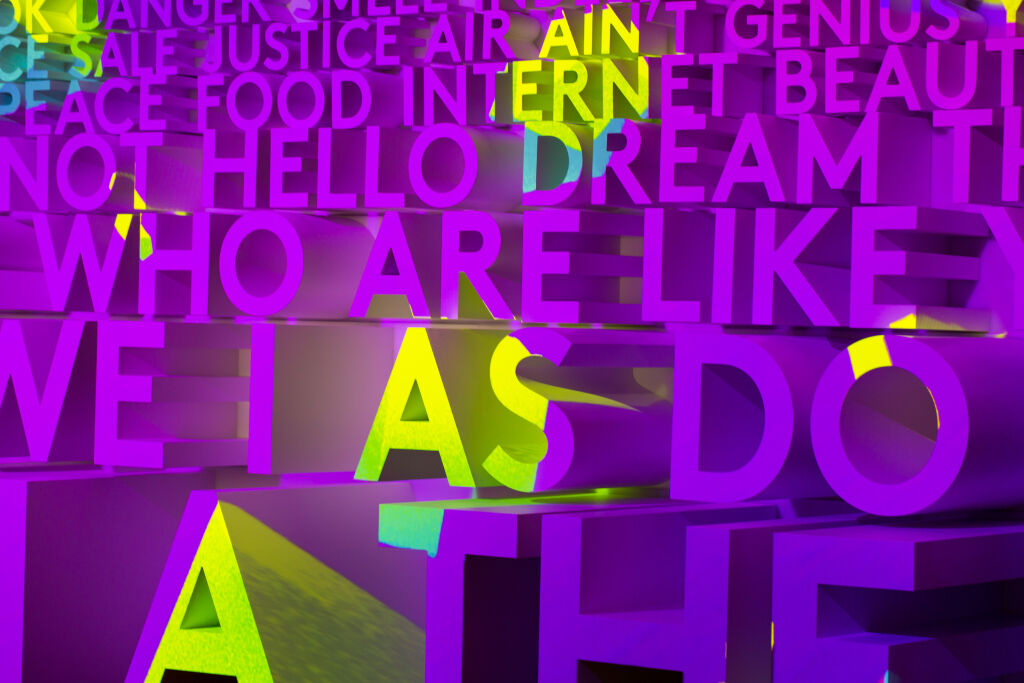Barbiecore and the Language of Aesthetics
It’s a Barbie world, and we’re just living in it. With the release of Greta Gerwig’s Barbie movie has come a resurgence in popularity for highly feminine aesthetics and all things pink in the Barbiecore aesthetic. Kelly Wright, Co-Editor of American Speech’s Among The New Words quarterly dictionary, says it isn’t surprising that Barbie and the Barbiecore aesthetic are so popular. “BarbieTM (the brand) has made art out of establishing iconicity. Barbie isn’t just a brand or a toy — she’s a dream, an ideal, an archetype, a memory one that comes complete with matching shoes, accessories, and an entire community of practice…Most adults — and not only women, and not only Americans — possess knowledge of the Barbie aesthetic; they don’t need any additional cues to understand what Barbiecore represents, what it contains, and how one participates in or resists it.”
But Barbiecore isn‘t an isolated phenomenon. The word and the trending aesthetic are part of a larger movement surrounding the libfix -core and a fascinating example of language change in action.

Celebrities embracing the Barbiecore trend. NY Post Photo Illustration. (Photo Credit: NY Post)
Libfixes and -Core
As language users, we constantly look for new ways to express the world around us, and sometimes we need new words to do so. In our Where Do Words Come From? gallery, our 22-foot-tall talking word wall explains how new words enter the English language, from neologisms and borrowings to onomatopoeia and portmanteaus. Sometimes, in the process of creating portmanteaus, certain parts of words take on lives of their own. The linguist Arnold Zwicky named these libfixes, or “liberated” word parts that have become new word-forming elements.
Perhaps one of the most iconic examples of this linguistic phenomenon is the libfix -gate, which originally comes from Watergate, the name of a building complex in the Foggy Bottom neighborhood of Washington, D.C., associated with the political scandal that led to President Richard Nixon’s resignation from office. Other common libfixes include -athon (as in walkathon, telethon, and hackathon), -inator (from The Terminator), and -core (from hardcore music).
Over the last decade, Among the New Words has chronicled -core’s surge in prominence and changing scope, first in a 2012 installment on music and more recently in 2022. While the libfix was originally restricted to music genres (like deathcore, crunkcore, and even bardcore) dating back to speedcore in 1985, it has since been separated from music. According to Wright, “its current function as a combining form is to mark — or perhaps even bind — an aesthetic. This binding is sometimes so informal that it necessitates a Pinterest board to illustrate what types of styles and behaviors belong within and without the aesthetic (see normcore).” Barbiecore marks a shift from other -core aesthetics because of its recognizability. “Literally everything users need to know about Barbiecore is prepackaged in pretty pink plastic.”
The Lasting Impact of Barbiecore
While Mattel has spared no expense in promoting both the Barbie movie and the Barbie brand this year with copious brand deals, news articles, and influencers spreading Barbiecore to the masses, Wright says Barbiecore’s current success is due to individual people. “Corporate propaganda, while effective, does not seem to have the same types of long term consequences for language use as the utterances individuals choose to produce themselves do. What makes Barbiecore prominent is the uptake individual users have exhibited, producing the term and performing all it marks (unironically or not) in their daily lives.”
Will Barbiecore stand the test of time? Or will hype for the trend fade once Barbie leaves theaters? It would be easy to declare Barbiecore just a passing fad, but Barbie has a way of surprising naysayers. After all, there was similar skepticism about the doll’s popularity when it first appeared on the scene. Linguists and lexicographers like Wright document new words and the changing usage of existing ones, but they can’t predict the future. “Predicting what language is going to do in the future is the most difficult task of any linguist because of the pesky interaction of linguistic structure and the human will…There’s so much about how an individual feels, what they’ve experienced in their past, where they are physically located in the moment, etc. which determines what they do with language, which over time determines how languages move and change.” At the moment, though, it is fun to watch the world turn pink.


